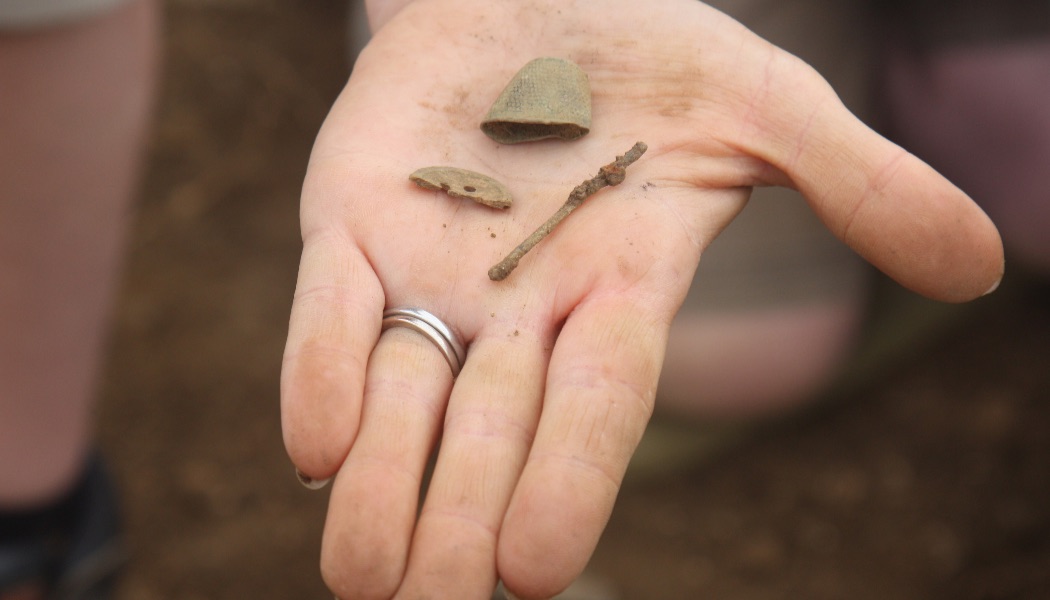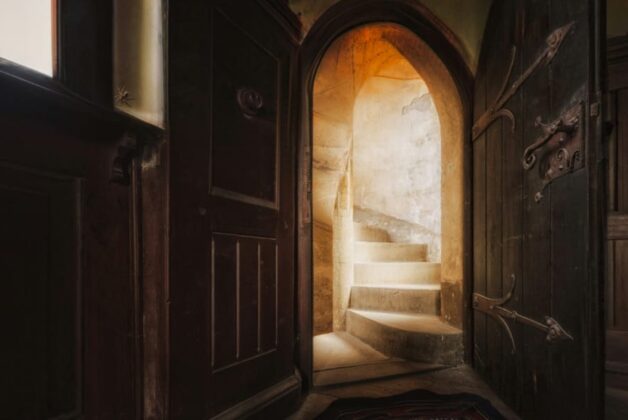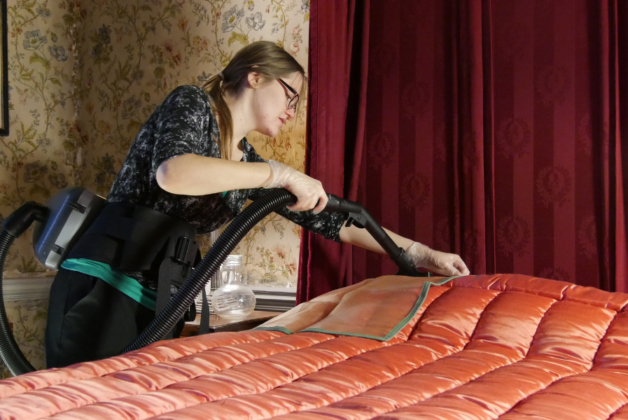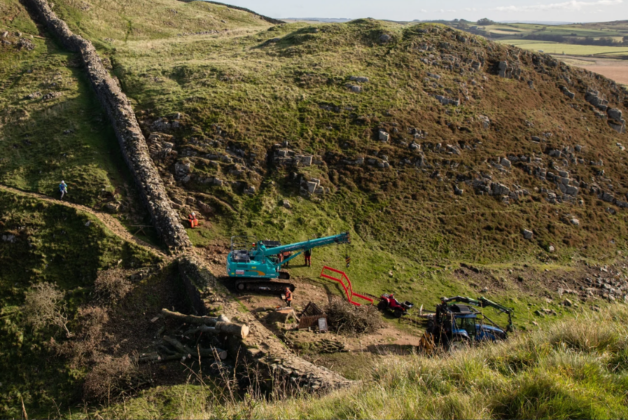Alistair Hardaker
Image: A find of a child's sewing kit from the Woolsthorpe dig © National Trust-Phil Adams
National Trust excavation finds simple items from Isaac Newton’s mother’s house site, with objects planned for Woolsthorpe Manor display next year.
National Trust archaeologists have undertaken a ten-day excavation at the site of Isaac Newton’s mother’s house in Lincolnshire, uncovering everyday objects that will form part of a new display at Woolsthorpe Manor next year.
The dig, conducted in collaboration with York Archaeology, located the foundations of Hannah Newton’s house in a field adjacent to Woolsthorpe Manor, where Isaac Newton was born. The house was built for Newton’s mother after her second husband died in 1653 and was demolished following a fire in the early 1800s.
Archaeological finds included decorative Staffordshire slip tableware, a fragment of a 17th-century bellarmine jug featuring a bearded face cast into the pottery, a gaming token known as a jetton, three thimbles of varying sizes, needle fragments, buttons, and animal bones showing evidence of food preparation.
The National Trust acquired the field containing the house site five years ago. Prior survey work by South Witham Archaeology Group and the University of Leicester, along with an 1797 sketch by JC Barrow showing the house, provided evidence to justify the excavation.
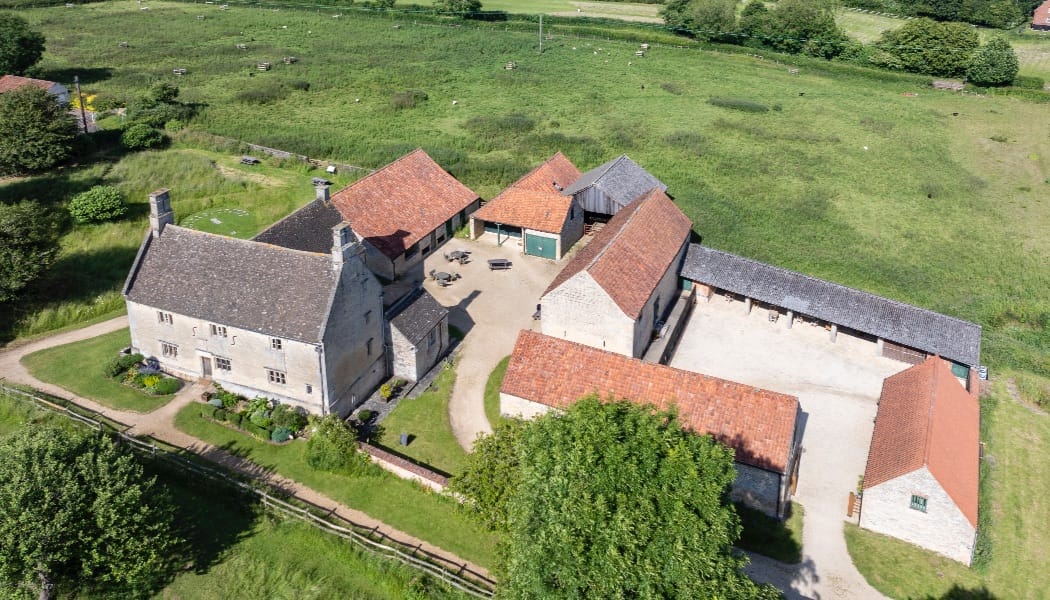
National Trust archaeologist Rosalind Buck said: “The discoveries are such relatable objects and a real window into the domestic life of the Newton family. We can really imagine Hannah and the family eating from items like the Staffordshire slipware, or using jugs like the one with that magnificent, embossed face. Were people potentially gaming with jetton pieces while domestic tasks such as sewing and repairing clothes were being done nearby?”
The excavation incorporated public engagement through the Festival of Archaeology, with families participating in digging, cleaning finds, and artefact identification activities.
Jennie Johns, Collections and House Officer at Woolsthorpe, said:”While some families will be heading to the beach this summer to dig in the sand, we wanted to give them a chance to dig something more historic and help us to uncover some of the lost history of Woolsthorpe.”
Laura Parker, community project officer for York Archaeology, said: “Uncovering and rediscovering stories of the past as we dig down is always a fascinating process, but even more so when you are looking for something connected to one of the best-known scientists of all time, Sir Isaac Newton.
“This is a great opportunity for families to see what happens on a dig, and how archaeologists carefully peel back layers of the past to discover more about the history beneath our feet – and even get involved in the process for themselves.”

